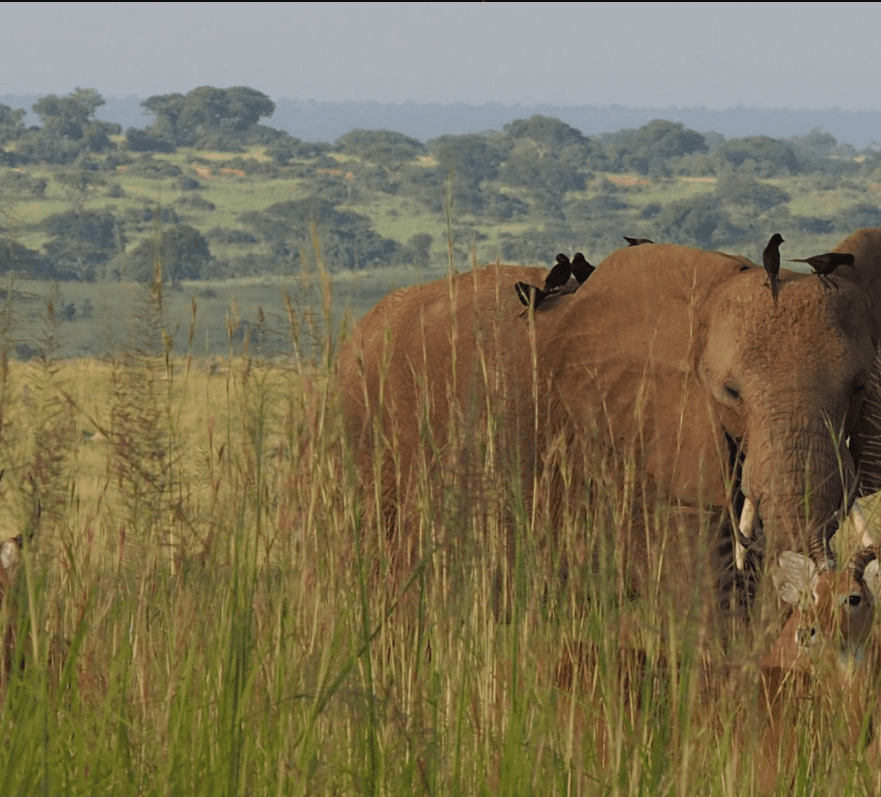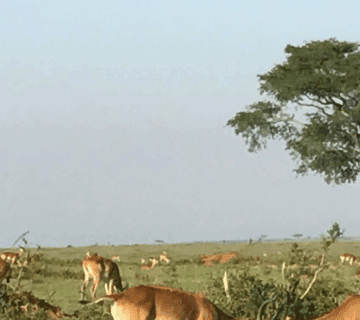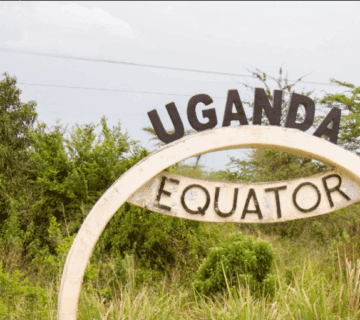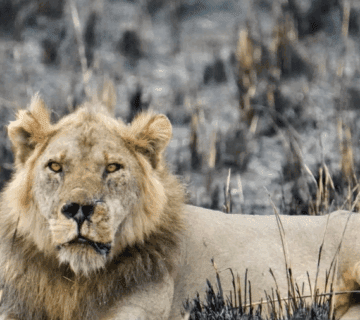Uganda Safari Seasons – When to Go for an Unforgettable Adventure
Uganda, famously known as the “Pearl of Africa,” is a land of breathtaking landscapes, diverse wildlife, and rich cultural heritage. Whether you’re trekking through misty rainforests to encounter mountain gorillas, cruising along the Nile to witness mighty waterfalls, or spotting the Big Five on vast savannahs, a Uganda Safari promises an experience like no other. However, to make the most of your journey, understanding the Safari Seasons is crucial. Each season offers unique opportunities, challenges, and magical moments that can transform your trip into a life-changing adventure.
In this guide, we’ll explore the best times to visit Uganda, what to expect in each season, and how to align your travel plans with nature’s rhythms. Whether you’re a wildlife enthusiast, a photography lover, or simply seeking inspiration from the wild, knowing the right Safari Seasons will help you craft the perfect Ugandan adventure.
Why Timing Matters for Your Uganda Safari
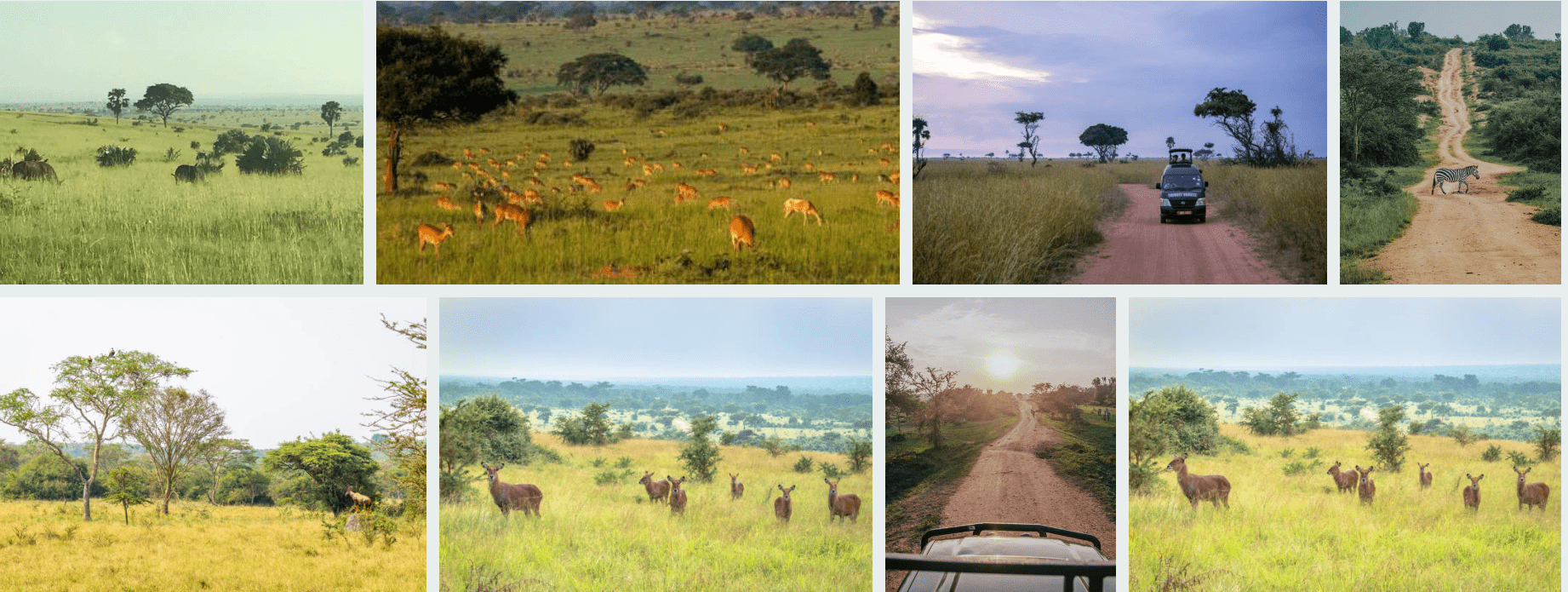
Uganda’s equatorial climate means it enjoys warm temperatures year-round, but rainfall patterns significantly influence wildlife movements, road conditions, and overall safari experiences. The country has two main seasons:
Dry Season (Peak Safari Season) – June to September & December to February
Wet Season (Low Safari Season) – March to May & October to November
Each season has its charm, and choosing the right one depends on your priorities—whether it’s optimal wildlife viewing, fewer crowds, lush scenery, or budget-friendly travel.
1. The Dry Season: Prime Wildlife Encounters (June – September & December – February)
Why This is the Best Time for Game Viewing
The dry season is the most popular time for safaris, and for good reason:
Wildlife Concentrates Around Water Sources – With less rainfall, animals gather near rivers, lakes, and waterholes, making sightings more frequent and spectacular.
Easier Road Access – National parks like Murchison Falls, Queen Elizabeth, and Kidepo Valley are more accessible as dirt roads dry up.
Ideal for Gorilla Trekking – The trails in Bwindi Impenetrable Forest and Mgahinga Gorilla National Park are less muddy, making hikes more manageable.
Perfect for Bird Watching – Migratory birds join Uganda’s 1,000+ species, creating a paradise for bird lovers.
Highlights of the Dry Season
June – August: The coolest months, with clear skies—perfect for photography.
December – February: A second dry window with warm temperatures, great for chimpanzee tracking in Kibale Forest.
Inspiration for Your Dry Season Safari
Imagine standing on a boat along the Kazinga Channel, watching hundreds of hippos, elephants, and buffaloes bathe under the golden sunset. Or trekking through Bwindi’s misty forests, locking eyes with a majestic silverback gorilla. The dry season turns these dreams into reality, offering the most reliable and awe-inspiring wildlife encounters.
2. The Wet Season: A Lush, Serene Wilderness (March – May & October – November)
Why the Wet Season is Magical in Its Own Way
While some travelers avoid the rainy months, the wet season has hidden treasures:
Lush, Vibrant Landscapes – Uganda transforms into a green paradise, with blooming flowers and dense forests.
Fewer Tourists – Enjoy more intimate wildlife encounters without crowds.
Lower Prices – Lodges and tour operators offer discounts, making safaris more affordable.
Birding at Its Best – Resident and migratory birds are in full plumage, creating a birder’s paradise.
Challenges & How to Overcome Them
Rain Can Disrupt Roads – Some parks may have muddy trails, but 4×4 vehicles handle them well.
Afternoon Showers are Common – Mornings are often clear, so start your game drives early.
Highlights of the Wet Season
April – May: The wettest months, but also the most serene—perfect for solitude in nature.
October – November: Short rains bring dramatic skies, ideal for photographers.
Inspiration for Your Wet Season Safari
Picture walking through Queen Elizabeth National Park after a fresh rainfall, the air filled with the earthy scent of wet grass as lions lounge under acacia trees. Or watching a rainbow arch over Murchison Falls, its waters roaring at full force. The wet season offers a raw, unfiltered connection with nature—one that rewards those willing to embrace its rhythms.
Month-by-Month Breakdown: Choosing Your Perfect Safari Season
To help you decide, here’s a quick guide to Uganda’s Safari Seasons throughout the year:
January – February
Dry & Warm – Great for gorilla trekking and game drives.
Ideal for: Wildlife lovers, honeymooners, photographers.
March – May
Heavy Rains – Lush scenery, fewer crowds, lower prices.
Ideal for: Budget travelers, bird watchers, solitude seekers.
June – September
Peak Season – Best wildlife viewing, clear skies.
Ideal for: Families, first-time safari-goers, adventure seekers.
October – November
Short Rains – A mix of sunshine and showers, great for photography.
Ideal for: Cultural tours, nature lovers, off-the-beaten-path explorers.
December
Dry Season Returns – Festive atmosphere, excellent for holiday safaris.
Ideal for: Family trips, luxury safaris, year-end adventures.
Final Thoughts: Your Safari, Your Season
There’s no single “best” time to visit Uganda—it all depends on what you seek. If you crave action-packed wildlife encounters and perfect weather, the dry season is unbeatable. But if you yearn for tranquility, lush landscapes, and a deeper connection with nature, the wet season will steal your heart.
No matter when you go, Uganda’s magic remains constant: the thrill of tracking gorillas, the roar of lions at dusk, the warmth of its people, and the untamed beauty of its wilderness.
So, choose your Safari Seasons wisely, pack your sense of adventure, and let Uganda inspire you like never before. The Pearl of Africa is waiting—when will you answer the call?
“In the end, it’s not the dates on the calendar that matter, but the moments that take your breath away.” – Your Uganda Safari Awaits.

